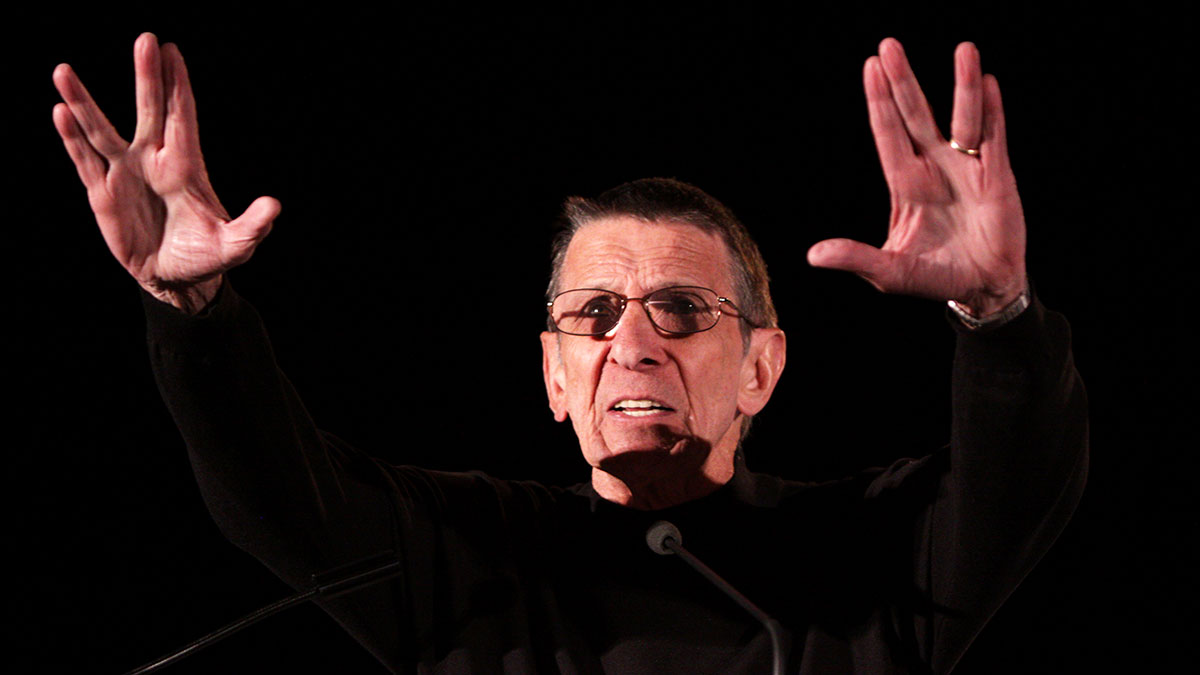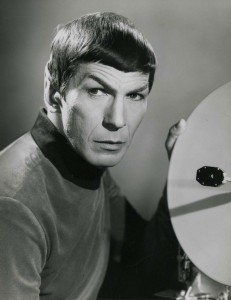The long and prosperous career of Leonard Nimoy
 Supplied - Gage Skidmore
Supplied - Gage SkidmoreOf all the bizarre concepts that came out of the 1960s, few became more iconic or recognizable than the image of the pointy-eared half-Vulcan from Star Trek.
Bringing the character of Spock to the masses was none other than Leonard Nimoy, who left us on Feb. 27.
Although his best-known acting stint was on Star Trek, Nimoy’s career went far beyond acting. Unknown to many, he was also a successful director, photographer, writer and even musician — although most of his work not directly related to Star Trek came back in one way or another to the show or the character of Spock.
Nimoy had two autobiographies, both discussing his identification with the character of Spock. The first, titled I Am Not Spock, released in 1975, includes dialogues between Nimoy and Spock. In it, Nimoy explores his mental state regarding his identification with the character that he became for many years — shaved eyebrows and all:

“I went through a definite identity crisis. The question was whether to embrace Mr. Spock or to fight the onslaught of public interest. I realize now that I really had no choice in the matter. Spock and Star Trek were very much alive and there wasn’t anything that I could do to change that.”
Along with novels, Nimoy released five musical albums between 1967 and 1970. His first and second albums, titled Mr. Spock’s Music From Outer Space and Two Sides of Leonard Nimoy respectively, included music with science fiction themes and were sung from the perspective of Spock. His other three albums were folk-oriented, consisting primarily of covers of popular songs from the time.
Also unknown to many is Nimoy’s lifelong involvement with the Jewish community. His first language was Yiddish, and 2002 saw the release of The Shakhina Project, a book of photography that incited significant controversy. The Vulcan salute, usually accompanied by the iconic words “live long and prosper,” was borrowed from a Jewish blessing that Nimoy witnessed.
Nimoy was a major proponent of feminism and equality, going back as far as his work on Star Trek. When fellow actor Walter Koenig alerted him to the fact that Nichelle Nichols was not receiving equal pay to Koenig and George Takei, Nimoy advocated on her behalf to the producers of Star Trek which resulted in Nichols’s pay being increased accordingly. Nimoy recalled another similar incident of inequality among the actors that he helped correct.
“There was also the case where George and Nichelle were not hired to do their voices in the animated series. I refused to do Spock until they were hired. Mr. (Gene) Roddenberry (creator of Star Trek) started calling me the conscience of Star Trek.”
In 2007, Nimoy released another book of photography titled The Full Body Project. The book consisted of images of nude or partially nude plus-sized women. The intent of the book was to showcase more average or realistic women, in contrast to the slim figures dominating Hollywood.
Leonard Nimoy’s unwavering devotion to his multi-faceted six-decade career and to his fanbase has set an example for us all. He found himself in a fictional alien television character, and in the process helped many of us find ourselves. He taught us all how to live long and prosper, and will be sorely missed.




